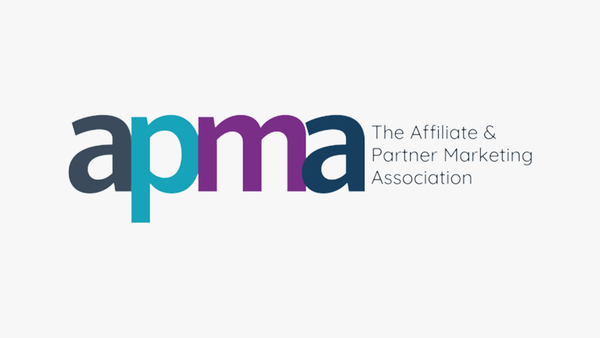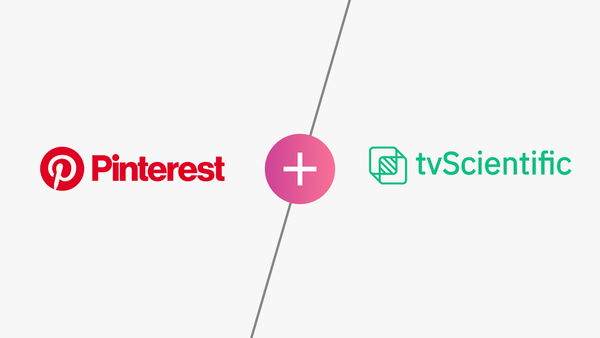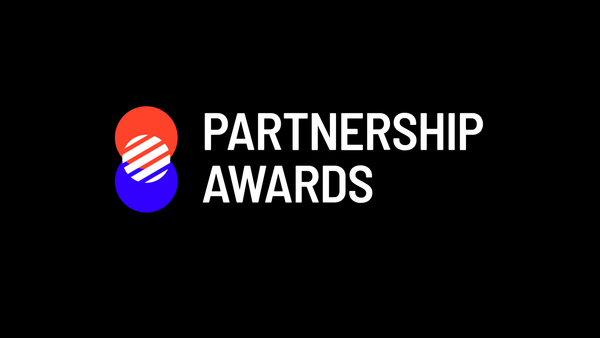Economic uncertainty lies ahead, the cost-of-living crisis and incoming recession threaten to destabilise consumer habits, and digital marketers are worried about how this will affect the wider industry.
Mayuresh Kshetramade, CEO of CJ, has seen recessions come and go during his career, and spoke to Hello Partner about his predictions on how the affiliate channel will fare throughout the incoming turbulence.
Furthermore, Mayur forecasts trends in the industry that affiliate marketers should capitalise on this year, directing our attention to influencer/creator space, and greater reliability on measurement.
Lastly, we speak with Mayur about CJ’s performance over the past year, and expectations for the next 12 months; key acquisitions, planned growth in certain markets, and CJ’s most consequential business decisions.
As we head into a turbulent economic climate, what are your expectations for its effect on the affiliate market and ad spending? What’s vulnerable or resilient in the affiliate space given those expectations?
While tough economic climates are never welcome and bring with them much hardship for many, the overall outcome for the affiliate industry during past periods of economic uncertainty has been positive.
CJ is 25 years old this year, so we’ve seen a few recessions play out. Each time, affiliate’s status as a safe haven for marketing investment is reaffirmed, thanks to the pay-for-performance model commonly used. Further, we’ve seen these positive experiences feed into a long-term reputational uplift for the channel.
Meanwhile, consumers tend to seek out value for money with their purchases, which results in a greater reliance on affiliate publishers across the board – especially so for cashback, voucher, buy-now, pay-later, and content publishers, with the latter being heavily used by consumers to make better-informed decisions on higher value items.
However, I do expect key differences this time around. As the collective understanding of affiliate has evolved amongst advertisers, I expect the coming months and years to be themed with greater confidence in affiliate’s role throughout all stages of the customer journey, all the while delivering guaranteed outcomes. Affiliate isn’t an alternative to upper funnel or brand marketing. It’s an accountable method of achieving those aims.
The diversity of the affiliate channel is a huge asset during recessionary periods, affording brand-side marketers the ability to meet evolving consumer needs. Take buy-now, pay-later publishers as an example – this model began during the Great Recession of 2007-2009, becoming a solid fixture for consumers during the economic fallout from the Covid pandemic. We’re seeing continued growth for this model, with similar models also rising in popularity, such as lease-to-own.
Cashback, rewards, and points publishers - even closed user groups, such as employee benefits – are also great examples, and we’ll likely see even greater consumer awareness of these, while the cashback, rewards, and points generated by these consumers will likely shift from what many consider akin to a bonus, to something more supportive of their lifestyle.
What other trends in the affiliate space can clients and publishers capitalise on as we head in 2023? Are there any trends in the past year that have not lived up to previous hype?
The amalgamation of affiliate and influencer marketing will finally take place. We’ve provided reach, strategies, execution, and performance for influencer marketing – or creator marketing – for over a decade, mostly as a subset of affiliate marketing. However, these two channels have steadily converged over the last two years. In 2023, we will finally see the combination of influencer marketing with performance marketing’s exacting and accountable approach.








